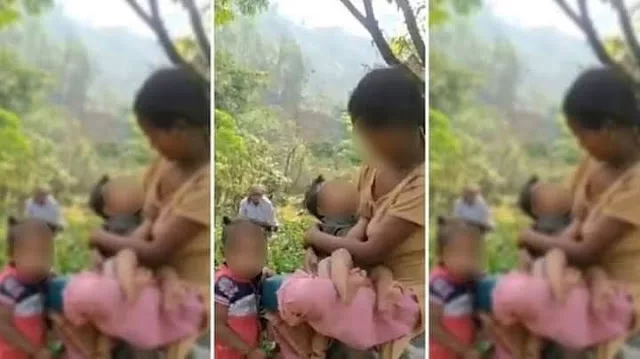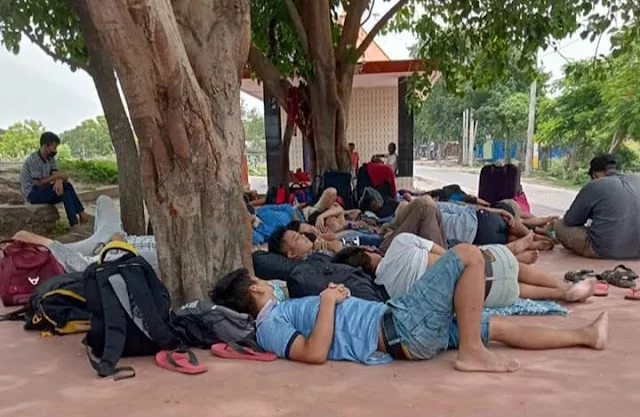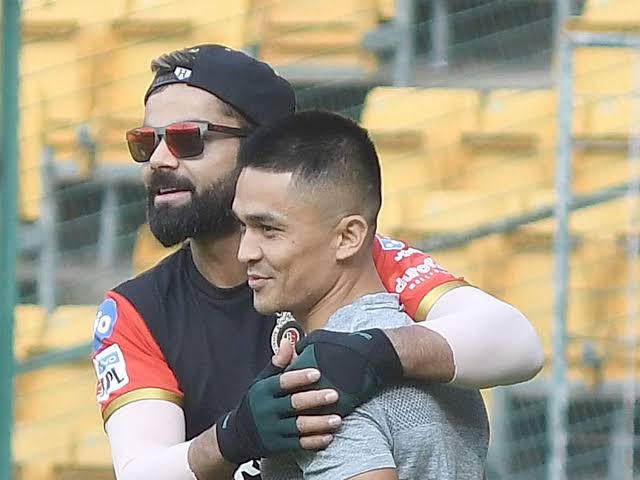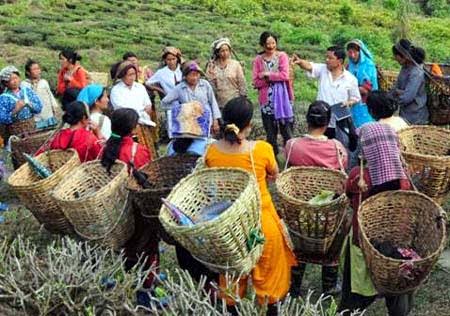Ashis Chakrabarti
So he died as he knew he would – in exile, far away from the kingdom that had once been his and that he had lost to a onetime vassal. But in death, he may be luckier than his wife, who was denied the privilege of having her last rites performed back at her long-lost home in the hills.
Subash Ghisingh, who died in distant Delhi this evening, may well be back in Darjeeling for one last time – only to be cremated there. But that is only because he no longer matters in the politics of the place that he ruled as its undisputed leader for nearly 20 years.
Even the memory of his rule and his times seem to have become something like the mist in the Darjeeling hills.
For those who remember, though, the life and times of Ghisingh were unlike those of any other political leader not just in Bengal but anywhere else in India in the past few decades.
There have been other leaders who have risen, fallen and been forgotten soon after they had left the stage.
Ghisingh’s story was different. One important reason was the location – what happens in Darjeeling reverberates far beyond those hills. The echoes, political and strategic, travel to Nepal, Sikkim, Bhutan, Tibet and also to the distant capital cities of Delhi and Beijing. So when Ghisingh’s call for a Gorkhaland state spread like wildfire in the Darjeeling hills in the mid-1980s, it wasn’t just a local political affair.
There had been other calls for local self-rule in Darjeeling. Other leaders before him rose in local politics by asking for a new deal for the “Gorkhas”. They did not quite shake the political masters in Calcutta, let alone in Delhi.
Ghisingh’s struggle for Gorkhaland was a very different affair, not just because of the scale of its violence, but also because it was seen by many in Delhi as a Himalayan conspiracy for a “Greater Nepal”, which aimed at creating a confederation of mountain kingdoms and states away from India’s control.
That Ghisingh’s crusade drove Bengal’s communists down the hills was only a minor result of what was believed to be a larger battle plan. It was thus a more complicated matter than the older ethnic insurgencies in India’s Northeast. Or so the conspiracy theorists believed.
Ghisingh himself added much to the making of the conspiracy. He talked of historical “wrongs” committed in the region and wanted to rewrite its history. Not content with questioning why Darjeeling should be part of Bengal, he raised the issue of the legality of the Sugouli Treaty of 1815 between East India Company and Nepal and of India’s treaties with Nepal and Bhutan. Darjeeling and Kalimpong, he said, were like “kites set loose” and no one knew where they would land.
He was proving to be too dangerous a loose cannon for Delhi. Soon he would be taken under the wings of the Indian political and security establishments. So much so that Jyoti Basu and the then ruling CPM would accuse him of being a pawn in Delhi’s hand in the game to drive the communists out of the sensitive border region.
And he set the hills ablaze for nearly three years before settling for the autonomous Darjeeling Gorkha Hill Council, which he then ruled unchallenged until he was dethroned by a former comrade and the current lord of the hills, Bimal Gurung.
For all the bloodletting that he organised and the destruction that he wrought in the old society in the Darjeeling hills, Ghisingh’s personality was a strange mix of naivety and cruelty. With the slightest hint of a threat to his authority, he would stop at nothing to finish off old, trusted comrades.
So many of them were ruined and even killed for daring to show even the smallest signs of revolt. When Gurung’s big revolt hit him, Ghisingh found himself rather friendless and too weakened to defend his fort.
Banished from the hills, he waited his chance to regain his lost kingdom. That was not to be, though old faithful still flocked to show their loyalty on the few occasions when he sought to reclaim Darjeeling one more time.
But history, he slowly came to accept, does not repeat itself. Once that realisation sank in, the man, who would start all his political programmes with some religious rituals at Darjeeling’s Mahakal temple, turned increasingly to Buddhism.
Perhaps, as he saw the end coming during his recent illness, Ghisingh stopped caring if he would finally lie near the orange orchard at his native village of Manju, some miles below Mirik, or anywhere else in the Darjeeling hills.
But no matter where he has his final resting place, Ghisingh’s legacy may live on to shape other moments in Darjeeling’s political history.
Source: Telegraph






